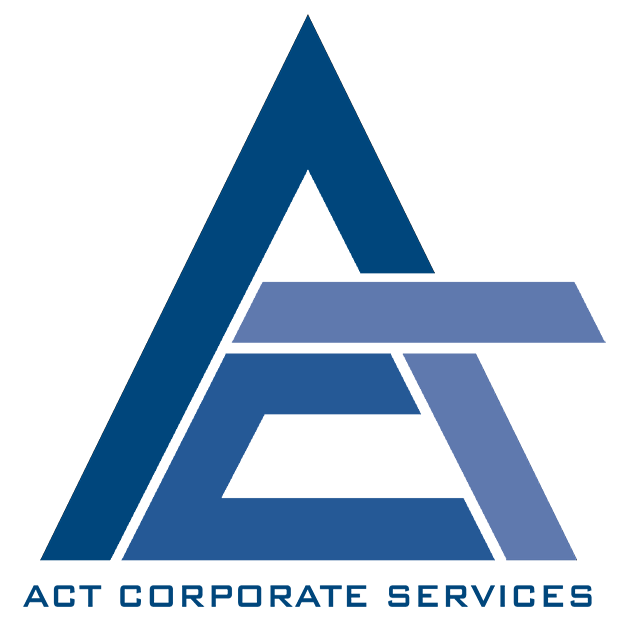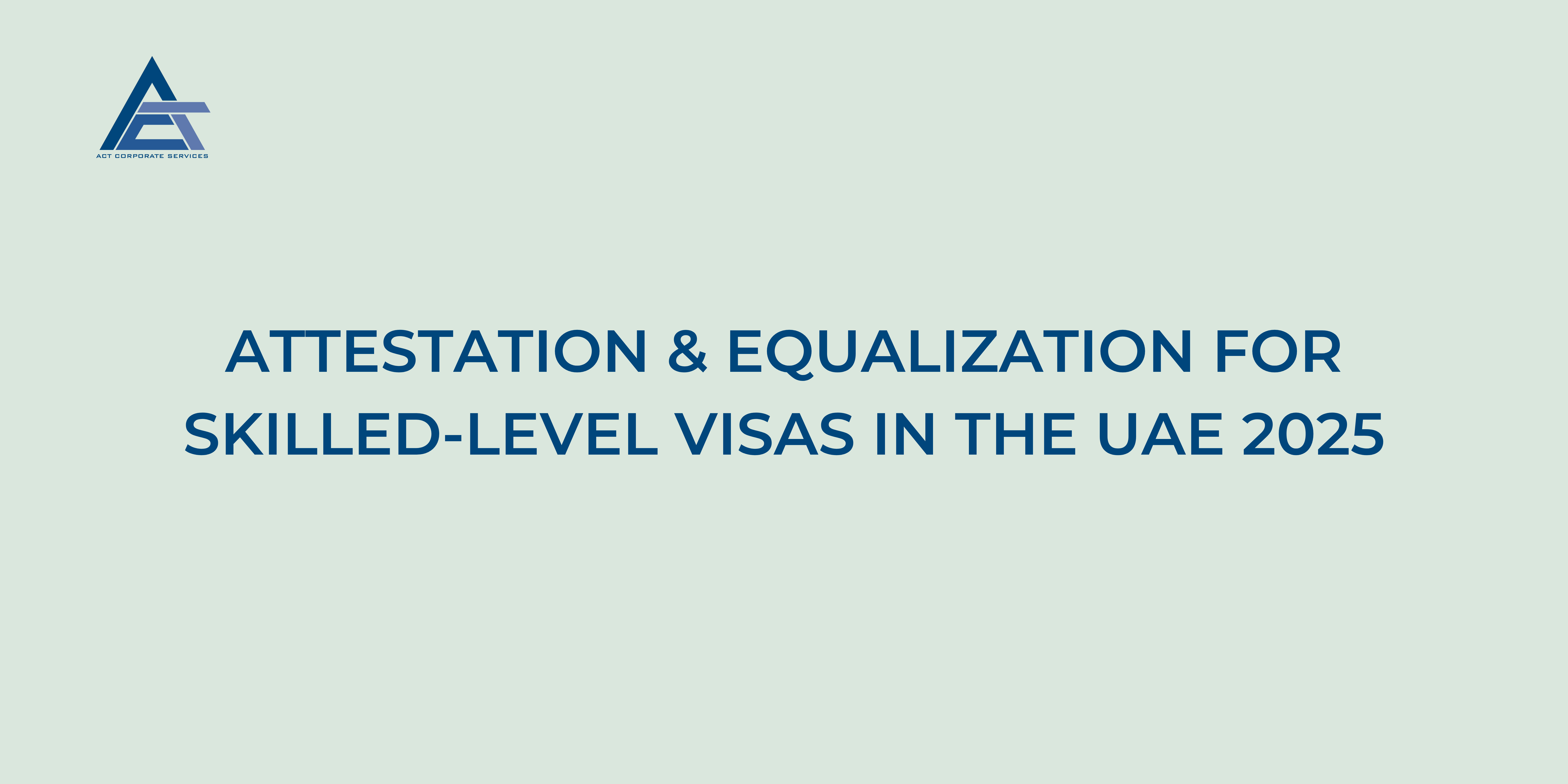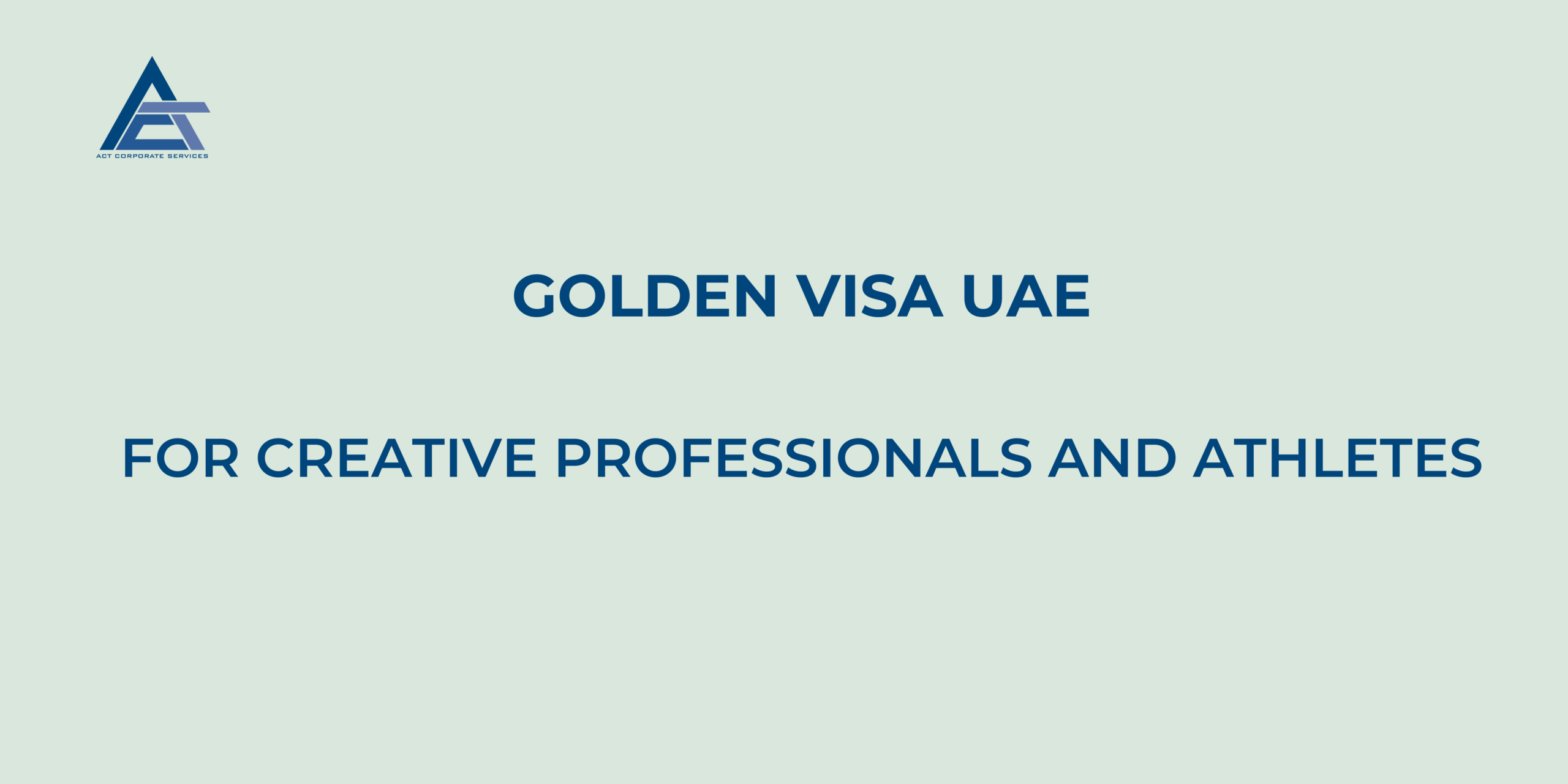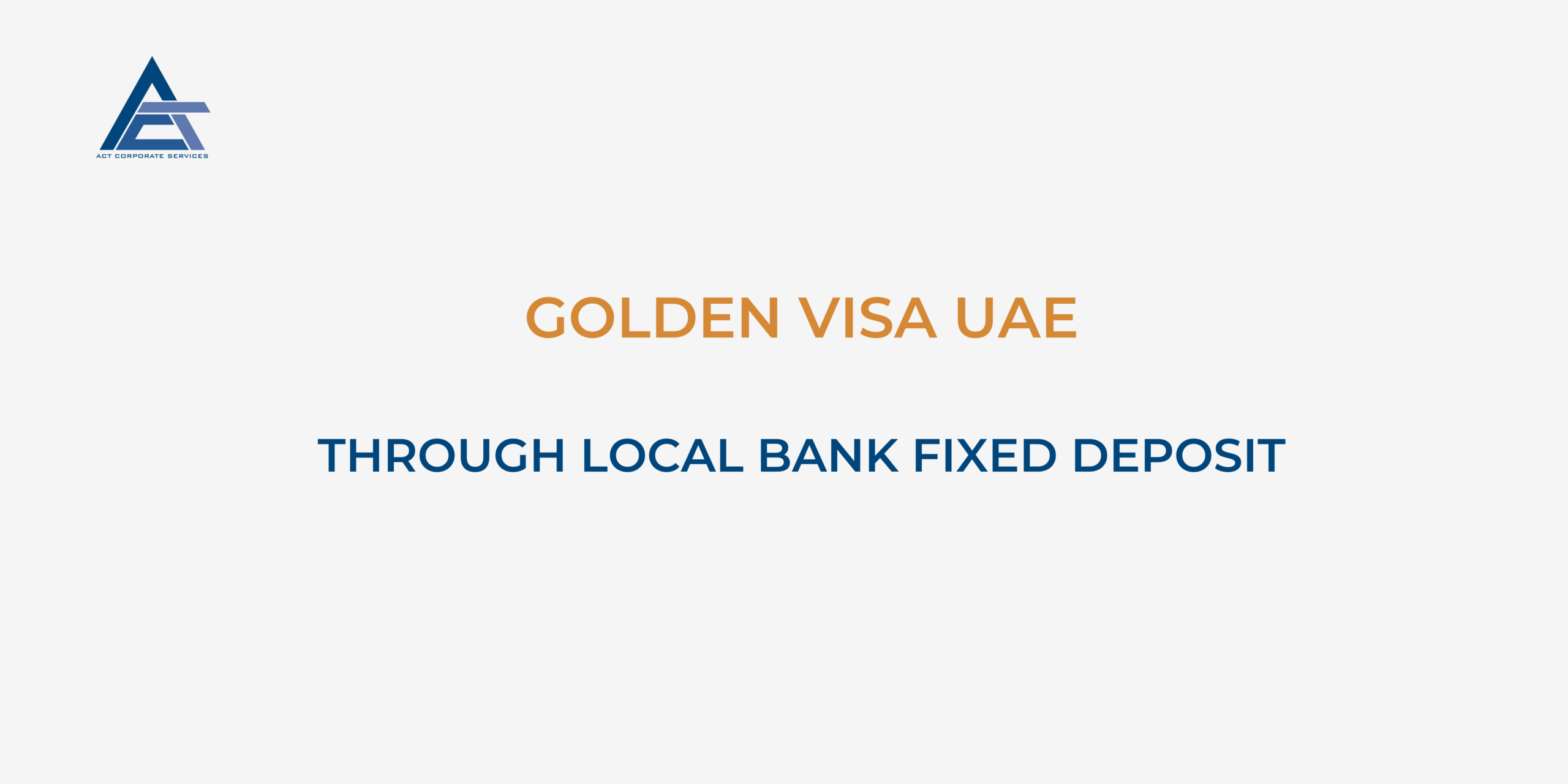The United Arab Emirates (UAE) continues to attract highly qualified professionals across industries such as technology, healthcare, engineering, education, and finance. For those relocating to work in the UAE—or for HR departments managing expatriate recruitment—understanding the documentation requirements is essential, particularly when it comes to skilled-level employment visas.
Among the most important prerequisites for securing such a visa are the attestation and equalization (also known as equivalency) of educational certificates. These processes play a critical role in the classification of employment, eligibility for certain job titles, and compliance with UAE labour regulations.
What Is a Skilled-Level Visa in the UAE?
The Ministry of Human Resources and Emiratisation (MoHRE) classifies employees into nine professional levels based on the International Standard Classification of Occupations (ISCO). These range from high-level executive positions to manual labor roles. The classification is as follows:
- Legislators, managers, and executives
- Professionals in scientific, technical, and human fields
- Technicians in scientific and technical fields
- Writing professionals
- Service and sales occupations
- Skilled workers in agriculture, fisheries, and animal husbandry
- Craftsmen in construction, mining, and related fields
- Operators and assemblers of machinery and equipment
- Basic laborers and support roles
To be classified under a skilled category (Levels 1 to 5), the following criteria must be met:
- The employee must occupy a professional-level job as defined by MoHRE
- The employee must hold a post-secondary qualification (above high school)
- The educational certificate must be officially attested
- The base monthly salary must be at least AED 4,000
What Is Document Attestation?
Document attestation is the formal process of verifying the authenticity of an academic qualification. For visa applications in the UAE, this involves:
- Attestation by the issuing country’s education authority (e.g., Ministry of Education)
- Legalization by the UAE Embassy in that country
- Final attestation by the UAE Ministry of Foreign Affairs (MOFA), typically completed after arrival in the UAE
This multi-step process ensures that the qualification is genuine and aligns with the position being offered.
What Is Degree Equalization (Equivalency)?
Equalization is the evaluation of a foreign academic qualification to confirm whether it meets UAE academic standards. This is carried out by the UAE Ministry of Education and is often mandatory for regulated professions such as:
- Teaching and academic roles
- Engineering positions (especially those requiring Society of Engineers membership)
- Healthcare practitioners (under DHA, DOH, or HAAD licensing)
- Accountants, auditors, and legal professionals
- Government-related or free zone roles with licensing requirements
Without equalization, candidates may be unable to register with local authorities or receive skilled-level classification.
Documents Commonly Required
To complete attestation and equalization procedures, the following documents are typically needed:
- Original degree certificate (Bachelor’s or higher)
- Academic transcript or mark sheet
- Passport copy
- Emirates ID (if applying within the UAE)
- Employment offer letter or contract (optional but useful)
- University accreditation letter (sometimes required)
Common Pitfalls to Avoid
Job Title and Degree Mismatch
A mismatch between your academic background and job title—for example, applying for a software engineering role with a degree in tourism—can result in visa rejection or downgrade.
Unaccredited Institutions
Degrees from non-accredited institutions are not accepted, even if they are attested.
Missing Transcripts
Academic transcripts are now a mandatory part of the attestation and labour card application process. Their absence can lead to significant delays or denials.
Incorrect Attestation Order
Skipping any step or completing them out of sequence may result in the document being rejected by UAE MOFA.
Translation Issues
Documents not in English or Arabic must be legally translated. In some Emirates, such as Sharjah or Abu Dhabi, Arabic translations are mandatory even if English is provided.
Estimated Timelines
| Stage | Estimated Duration |
|---|---|
| Attestation in home country | 1 to 3 weeks (up to 8 weeks for some countries, such as the USA) |
| UAE Embassy attestation | Approximately 1 week |
| MOFA attestation in the UAE | 1 to 3 business days |
| Degree equalization | 2 to 6 weeks or longer, depending on complexity |
Best Practices for a Smooth Process
- Start Early: Begin the attestation process before relocating to the UAE
- Check University Accreditation: Ensure your institution is recognized in both your home country and the UAE
- Use an Appropriate Job Title: Choose a title that reflects your educational qualifications
- Seek Professional Support: Engage a corporate PRO or document services provider to help with attestation, translation, and submission processes
Consequences of Skipping Attestation or Equalization
Failing to complete the attestation and/or equalization process may result in:
- Ineligibility for a skilled-level visa
- Difficulty sponsoring family members
- Rejected or downgraded visa applications
- Professional licensing complications
- Loss of employer quota or higher employer costs due to non-compliance
What Employers and Professionals Should Prioritize
The UAE’s employment visa framework places significant importance on academic qualifications, particularly for skilled-level roles. Attestation and equalization are not just procedural formalities—they are central to visa approval, regulatory compliance, and career progression.
By planning ahead and ensuring that all documentation is properly validated, both professionals and employers can avoid unnecessary delays, rejections, and complications.



